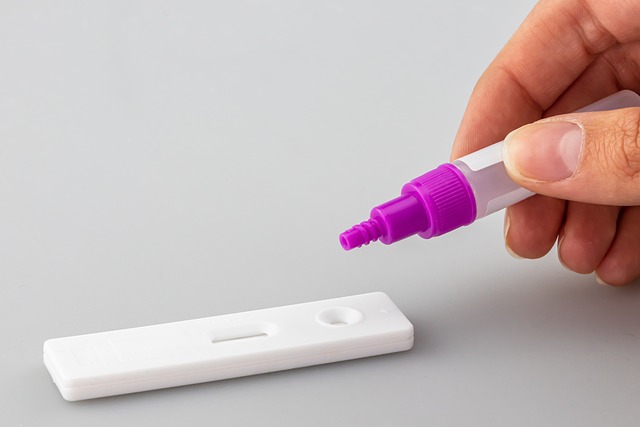In Texas (TX), adhering to strict Environmental Protection Agency (EPA) regulations is vital for safe lead testing, focusing on protecting public health, especially children. This involves structured procedures including pre-, intra-, and post-renovation assessments, proper sampling using approved methods, and interpretation of results against EPA standards. Best practices involve trained personnel, calibrated XRF analyzers, detailed record-keeping, and standardized protocols to avoid equipment neglect, untrained personnel, and non-compliance with latest EPA guidelines, ensuring reliable data collection and safety throughout the testing process in TX.
In Texas, adhering to EPA lead testing regulations is paramount for public health. This comprehensive guide navigates the essential steps towards compliance, equipping professionals with the knowledge to conduct accurate and reliable tests. From understanding the intricate rules to implementing best practices, we demystify the process. Learn about common pitfalls to avoid, ensuring your methods meet or exceed environmental standards in TX.
- Understanding EPA Lead Testing Regulations in TX
- Essential Steps for Compliance: A Comprehensive Guide
- Best Practices and Common Pitfalls to Avoid
Understanding EPA Lead Testing Regulations in TX

In Texas (TX), adhering to Environmental Protection Agency (EPA) lead testing regulations is paramount for maintaining a safe living environment. The state has specific guidelines and standards in place to ensure that lead-based paint, a significant source of exposure, is managed properly during renovation or remodeling projects. These regulations are designed to protect public health, especially children, who are particularly vulnerable to the toxic effects of lead.
For any renovation or painting project in TX, it’s mandatory to conduct lead testing before, during, and after work begins. This includes thorough assessments to identify lead-based paint and efficient sampling techniques to analyze its composition. By complying with EPA standards, Texas residents can ensure their homes meet safety criteria, mitigating potential risks associated with lead exposure.
Essential Steps for Compliance: A Comprehensive Guide

To ensure EPA compliance, a meticulous and structured approach is essential for lead testing procedures in TX. The process begins with identifying target areas and gathering samples from various surfaces to accurately represent potential risks. Proper sampling techniques are crucial; using approved methods ensures data integrity and admissibility in court if needed.
Following sampling, laboratory analysis is the next critical step. Certified laboratories employ advanced technologies like XRF analyzers to detect lead levels swiftly and precisely. Interpretation of results demands a thorough understanding of EPA standards, which vary based on occupancy and age of the property. Adhering to these guidelines guarantees that any necessary actions are taken, protecting both public health and the environment in TX.
Best Practices and Common Pitfalls to Avoid

Best Practices and Common Pitfalls to Avoid in Lead Testing (TX)
When conducting lead testing, adhering to EPA-compliant procedures is paramount for public health safety in Texas. Best practices include ensuring proper training for personnel, using calibrated equipment, and maintaining detailed records of all tests and results. Regular calibration and maintenance of testing devices are crucial to guarantee accurate readings. Additionally, following a standardized protocol for sampling and handling ensures consistent and reliable data collection.
Conversely, common pitfalls to avoid include overlooking proper protective equipment (PPE), which can lead to contamination. Untrained personnel or improper techniques may yield inaccurate results, so continuous education is essential. Neglecting to document each step of the process hampers future reference and could compromise the integrity of data. Always check for the latest EPA guidelines and stay informed about any updates to avoid regulatory non-compliance.
In Texas, adhering to EPA lead testing regulations is paramount for maintaining a safe living environment. By understanding these guidelines, implementing compliant procedures, and avoiding common pitfalls, you can ensure accurate and reliable lead testing results. This comprehensive guide has equipped you with the knowledge needed to navigate the process effectively, ultimately contributing to healthier homes and communities across TX.
